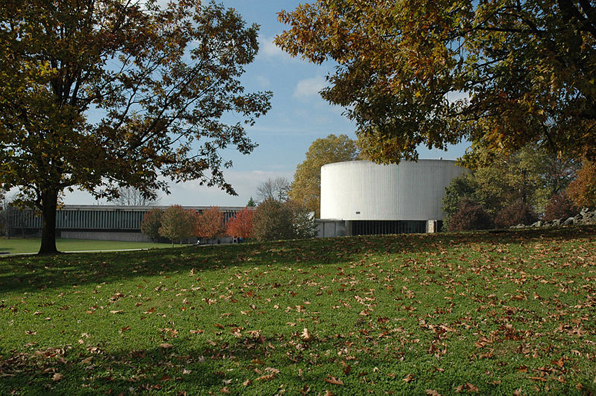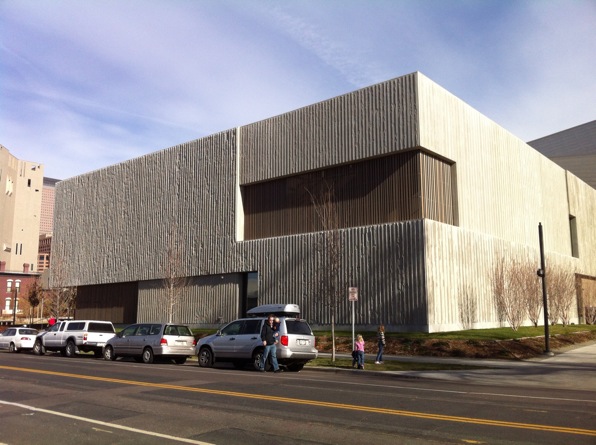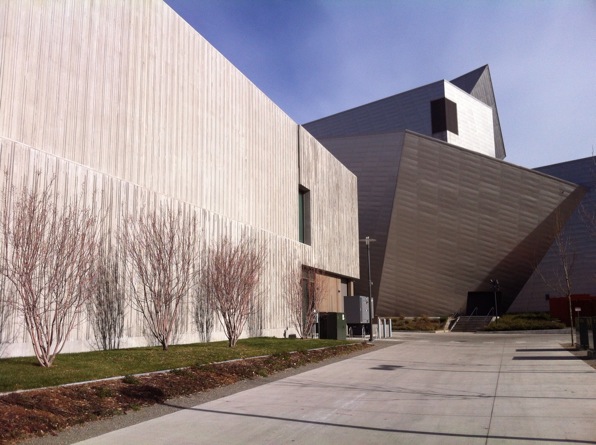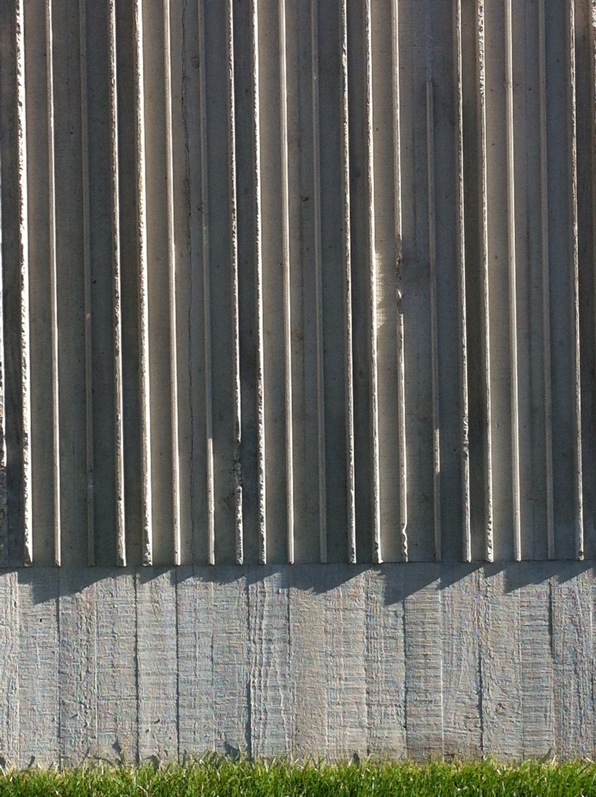Why do we preserve buildings? Why do we care about mute constructions, often old and unused, occasionally in the way or overlooked? We have all walked through great neighborhoods and parts of cities with magnificent old buildings and very few of us would show no concern at all if these places were simply ground down under the wheels of progress. That doesn't mean we save every shack or old shed, but rather we recognize some value in mere continued existence of some portions of our collective past. What is valuable about these old buildings is not necessarily what they look like or how they function, but what they are. The preservation of some older buildings reminds us of what we are by holding on to some portion of who we have been.
All well enough said, but when the desire to preserve runs head long into private property rights, what is to be done? And when the object of preservation is a building not very old, maybe not even as "old" as any one of us, then how do we view the cause for preservation.
Most folks don't readily appreciate the architecture of the recent past. It seems a bit naive and slightly embarrassing, like looking at yourself in old high school yearbooks. Any building that we can remember when it was new can not possibly be of a value akin to the great Architecture of past ages. And yet so many of us can lament the loss of truly great buildings, like Penn Station, that most of an earlier generation held in similar contempt that we place so many buildings constructed in the 1950's and 60's.
The buildings shown here aren't some obscure shacks threatened with demolition. These are significant works by some of the greatest architects of a generation ago - Bertrand Goldberg, Richard Neutra, and Frank Lloyd Wright. You might not like these buildings, but that is not the point. For God's sake, most communities in the US have fashioned a minor economic industry centered on tourism to Wright houses, not the financial benefits of their destruction.
It is disheartening to sit here in 2013, with over 50 years of preservation battles - successes and failures - behind us only to realize that years from now I will have to explain to my daughters why my generation tore down Neutra and Wright buildings.
The case to save Neutra's Cyclorama Building, Goldberg's Prentice Hospital and Wright's Lloyd Wright house can all be linked to here.
by Boulder architects M. Gerwing Architects














